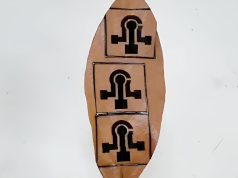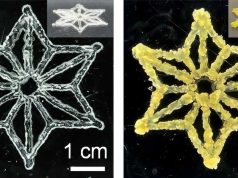Scientists are using 3D printing to investigate the amazing camouflage abilities of cuttlefish. The marine animals can adapt their skin patterns to their surroundings at lightning speed, even though they are color-blind.
A team from the University of Minnesota developed small 3D-printed sensor hats that record the animals’ brain activity. At the same time, high-speed cameras film the color changes of their skin. Millions of pigment-containing chromatophore cells provide the camouflage.
According to the researchers, octopuses flexibly adapt their camouflage strategy to the respective habitats by trial and error. This indicates a high ability to learn and adapt. In further steps, the genetic material of the animals will now also be examined in order to better understand the underlying neural processes.
The aim is to gain general insights into neural plasticity and adaptivity. The research could thus provide impetus for bio-inspiration in robotics and materials science. 3D printing is proving to be an important tool for developing suitable measurement technology.
You can find out more about this in the scientific paper “CRISPR and ‘e-ink’: new tools could reveal the secrets of cuttlefish camouflage“, which was published in Nature.
Subscribe to our Newsletter
3DPresso is a weekly newsletter that links to the most exciting global stories from the 3D printing and additive manufacturing industry.






















